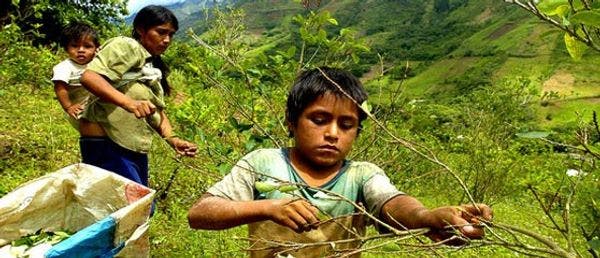Where does drug policy fit in the UN's post-2015 sustainable development goals?
Despite a growing understanding of the close relationship between development and drugs, there remains a lack of cohesion in policy moving toward the United Nation’s (UN) post-2015 agenda for international development.
September will mark a watershed moment for the UN and its member states when they formally adopt the new Sustainable Development Goals (SDGs), building on the eight Millennium Development Goals(MDGs) set in 2000.
The 17 targets set to be formalized this year will progress on the MDGs' aims of tackling extreme poverty, hunger, HIV/AIDS, and gender inequality, among others, by ensuring deeper commitments are made to environmental protection, increasing institutional justice and providing lasting prosperity by 2030.
Since the adoption of the MDGs, acknowledgement of just how far reaching drug policy is, and how disastrous out and out prohibition has been in terms of public health, security and development has undoubtedly risen. In a recent report by the UN Development Program (UNDP), the agency underlines how drug control efforts:
"have had harmful collateral consequences: creating a criminal black market; fuelling corruption, violence, and instability; threatening public health and safety; generating large-scale human rights abuses, including abusive and inhumane punishments; and discrimination and marginalization of people who use drugs, indigenous peoples, women, and youth."
Click here to read the full article.
Keep up-to-date with drug policy developments by subscribing to the IDPC Monthly Alert.
Regions
Related Profiles
- Talking Drugs
